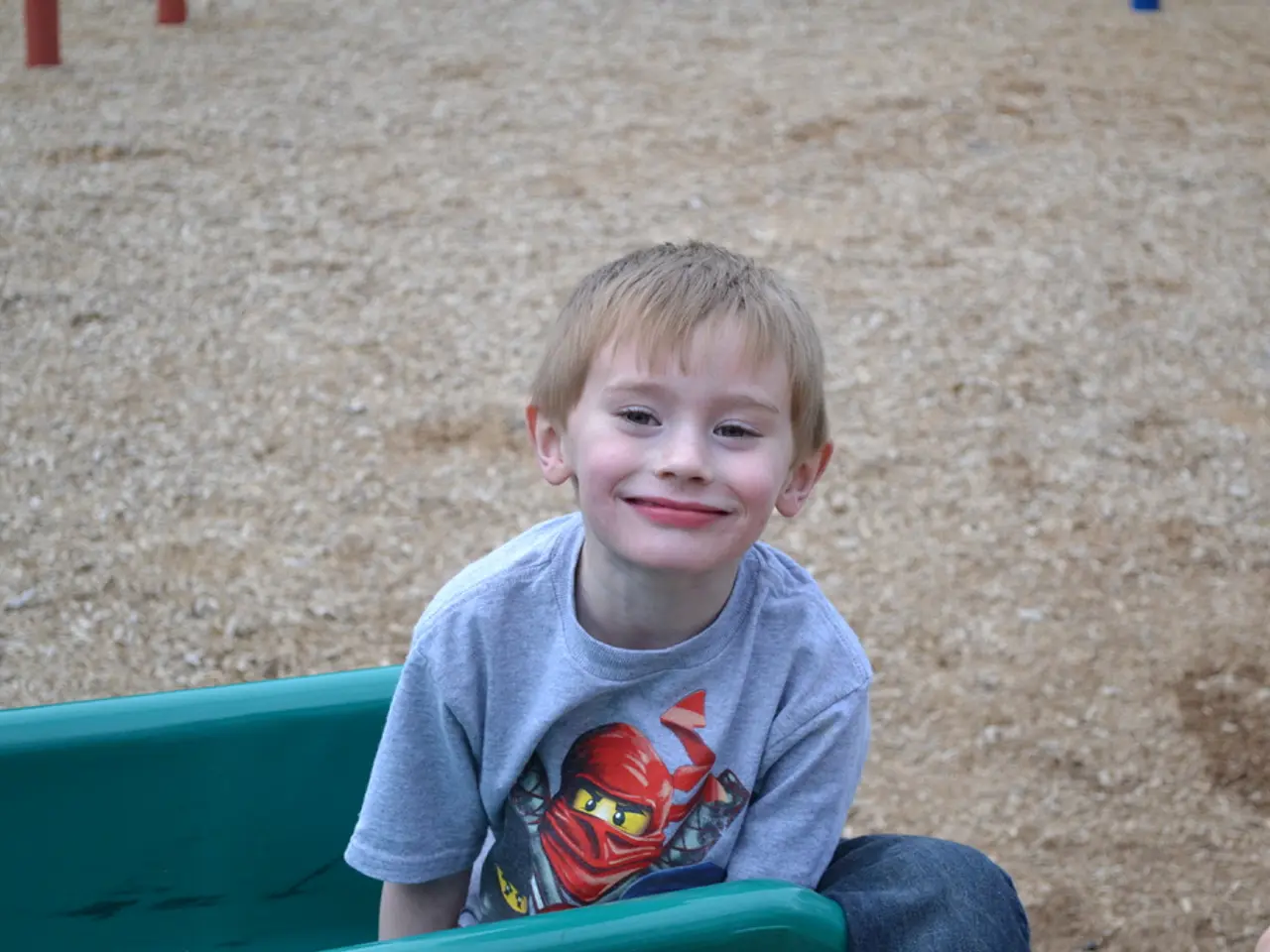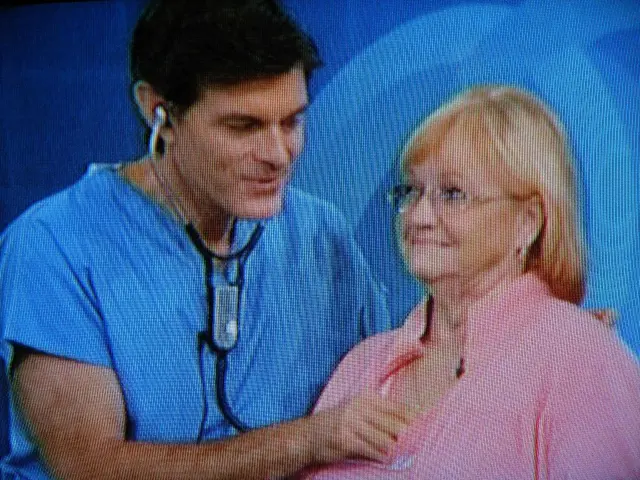Cases of Cerebral Palsy Affecting Infants and Young Children
Spastic Cerebral Palsy (CP) is a common type of CP that affects around 80% of those diagnosed. Characterized by increased muscle stiffness and exaggerated reflexes, this condition interferes with movement, particularly in children.
Symptoms of Spastic Cerebral Palsy
The symptoms of Spastic CP often manifest as muscle stiffness or tightness, which can affect one side of the body, both legs, or all four limbs. Early motor delays, such as difficulty rolling over, sitting, standing, or walking, are also common. Fine motor skills, like grasping small objects or buttoning clothes, may be challenging. Abnormal gait patterns, such as toe walking or uneven walking, are also observed. Muscle weakness and smaller muscle mass on the affected side, limited range of motion in joints, difficulties with balance, coordination, and fatigue are also symptoms.
Causes of Spastic Cerebral Palsy
Spastic CP results from damage to the brain areas that control muscle tone and movement, usually occurring before birth or in the early years of life. Common causes include brain injury, lack of oxygen at birth, infections, or developmental brain abnormalities.
Types of Spastic Cerebral Palsy
Spastic CP is categorized based on the limbs affected:
- Spastic Hemiplegia affects one side of the body (arm and leg on one side), leading to jerky movements and stiffness on that side.
- Spastic Diplegia mainly affects both legs with stiffness and movement difficulty, while arms are less affected.
- Spastic Quadriplegia affects all four limbs, often severely, and speech, swallowing, and posture can also be impaired.
Treatment and Complications
Children with spastic CP may require multidisciplinary treatment approaches, including physical therapy, bracing, medications to reduce spasticity, and sometimes surgery to improve function and reduce muscle contractures. Associated complications can include hip and spine problems, seizures, vision or hearing impairments, communication problems, and learning difficulties, which vary depending on severity and type.
In summary, Spastic Cerebral Palsy causes muscle stiffness and movement difficulties due to brain damage affecting motor control. Types depend on which limbs are involved, and symptoms range from stiffness, abnormal gait, to fine motor challenges in children. Awareness and early detection of this condition can lead to timely intervention and improved quality of life for children with Spastic Cerebral Palsy.
[1] National Institute of Neurological Disorders and Stroke. (2021). Cerebral Palsy Information Page. Retrieved from https://www.ninds.nih.gov/Disorders/All-Disorders/Cerebral-Palsy-Information-Page
[2] Centers for Disease Control and Prevention. (2021). Cerebral Palsy. Retrieved from https://www.cdc.gov/ncbddd/cp/index.html
[3] American Academy of Orthopaedic Surgeons. (2021). Cerebral Palsy. Retrieved from https://www.aaos.org/for-patients/conditions/cerebral-palsy-fact-sheet
[4] National Organization for Rare Disorders. (2021). Cerebral Palsy. Retrieved from https://rarediseases.org/rare-diseases/cerebral-palsy/
[5] CDC. (2021). Cerebral Palsy: Facts About CP. Retrieved from https://www.cdc.gov/ncbddd/cp/facts.html
- During pregnancy and the early years of life, medical-conditions such as brain injury, lack of oxygen at birth, infections, or developmental brain abnormalities can lead to the development of neurological disorders like Spastic Cerebral Palsy.
- In addition to muscle stiffness and challenges with movement, children with Spastic Cerebral Palsy may experience health-and-wellness issues like speech and swallowing impairments, learning difficulties, vision or hearing problems, and associated complications such as hip and spine problems, seizures, and fatigue.
- Addressing Spastic Cerebral Palsy through early detection and a multidisciplinary approach, which can include physical therapy, bracing, medications for reducing spasticity, and sometimes surgery, can greatly improve a child's quality of life and help them develop and grow better.




